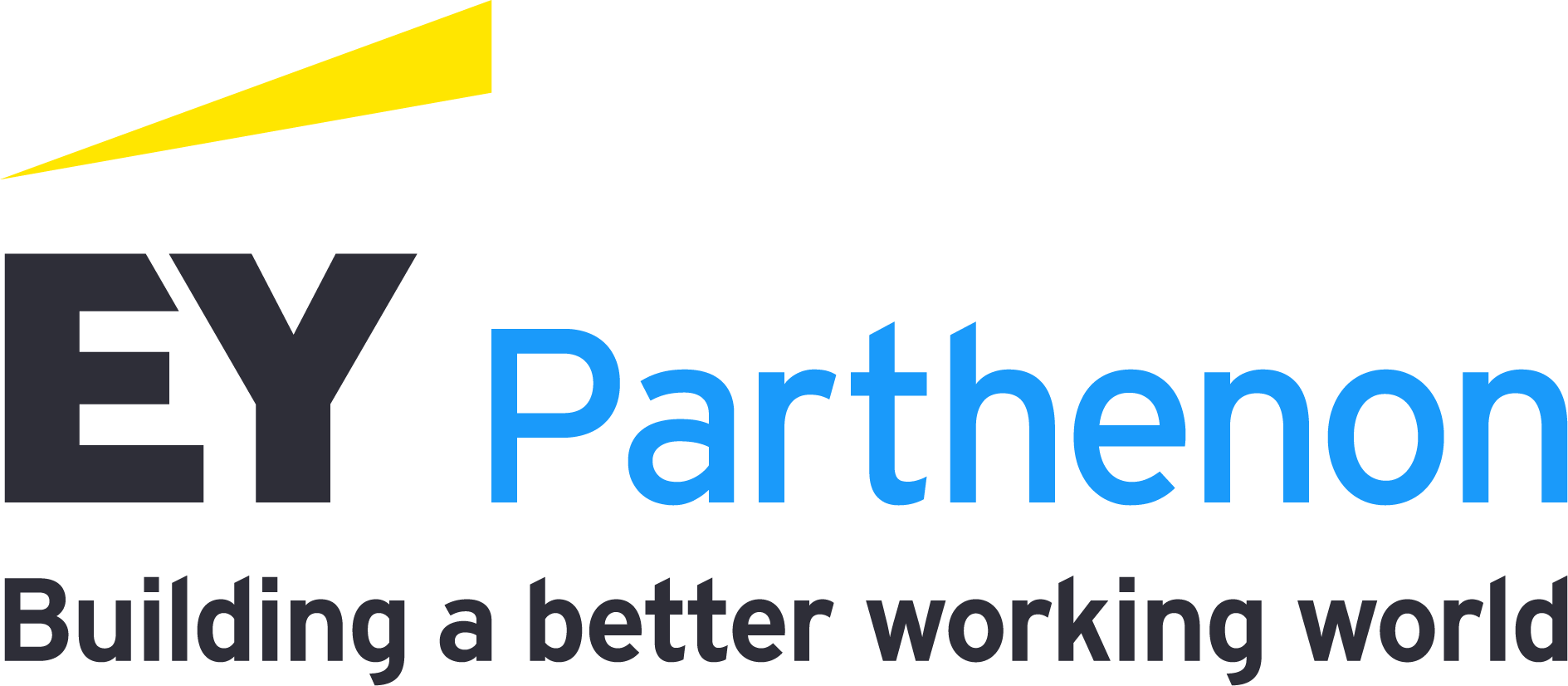EY teams served as a lead advisor on the Daimler restructure for more than two years, with over 500 people working around the globe across all service lines. Artificial intelligence (AI)-based software applications, analytics technology, and dedicated digital platforms helped enable the teams to handle the load and make the restructure and subsequent carve-outs a reality. The program was steered by Daimler, with the main team headquartered in Germany. This Daimler team was primarily supported by EY global teams, with the EY team in Germany taking the lead.
This global set-up meant that EY teams could help Daimler to orchestrate various work streams at all times. From the beginning, strong organizational processes with internal tracking and reporting were integral to highlighting potential risks at each stage of the restructure.
During this period, one of Daimler’s key considerations was related to how the restructure would affect Daimler’s tax obligations across different jurisdictions. “One of the reasons the Daimler and EY teams focused so much on tax was because of the ripple effect of changing Daimler’s structure within each jurisdiction,” explains Zech. “We needed specialized support to ensure no mistakes were made and constant communication with various local and national tax authorities. Also, any action taken by the tax team needed to be fully aligned with the interests of legal, accounting and the wider business.”
The team also grappled with the fact that tax legislation changed in some jurisdictions during the course of the restructure. This caused the concern that Daimler would need to navigate unexpected tax consequences. Continuous interaction between cross-functional teams meant that a cascade of local and regional communication and information helped the organization keep control of its tax compliance and avoid negative tax consequences, while continuing with the overall reorganization.
“The teams had to make sure that Daimler complied at all times globally with tax and other legal rules and obligations, while also helping to ensure a seamless transformation of the business worldwide with the project and the operational teams, within a certain time period,” Zech notes. “We needed a tax team (from Daimler and EY teams) who was highly skilled and experienced and who could maintain a high level of motivation to stay focused over the whole time period.”
Benefits of the back-office
The scale of the reorganization required Daimler to split and transform an array of processes within each business division. For example, the restructure required the dismantling of the company’s fully integrated IT system, which was particularly important for tax purposes. The company needed to separate its IT systems and processes so that each legal entity had its own functioning system. One of the first steps the Daimler and EY teams took was a complete examination of Daimler’s IT system landscape, the location of the most relevant systems, and their importance.
Given the relevance of IT to each business line, this phase required intense communication between all teams to make sure everyone was up to speed. “We needed to inform IT of the explicit reasons behind restructuring the existing IT system and the direct tax implications of not doing this correctly,” explains Zech. Throughout this phase, the EY teams’ capabilities in tax and technology supported direct and frank discussion with each IT lead, uniting tax and IT in their understanding of the program.
“Our complete trust in the EY team meant that we were extremely comfortable with the team interacting with our business leads, even on their own,” says Wellmann. “Not having to be with them at every meeting gave us more time to handle competing priorities, given the complexity of the project.” The program was not only about assets, but even more about people. The new structure meant that all Daimler employees needed to be reallocated. Getting the allocation of employees right was not only vital for tax compliance but just as important to ensure the operational excellence of the group. However, the corporate restructure was a very sensitive topic and addressing the concerns and needs of the employees and their representatives at all stages of the project was one of the main goals of the overall project management. "The EY team understood how important this was for us and helped us to tackle this topic in a very emphatic way,” says Zech.
Throughout the program EY teams deployed numerous resources to support Daimler’s back-office function in its assessment of critical and non-critical work. Working through these needs quickly, with a large number of resources, help ensured strong business continuity and helped prepare Daimler to witness first-hand the benefits of enhanced agility, flexibility and customer centricity. “One of the key roles the EY teams played was in bringing these people together, helping them to navigate difficult challenges, and offering continuous constructive feedback to make the restructure and carve-out a success,” says Zech.






